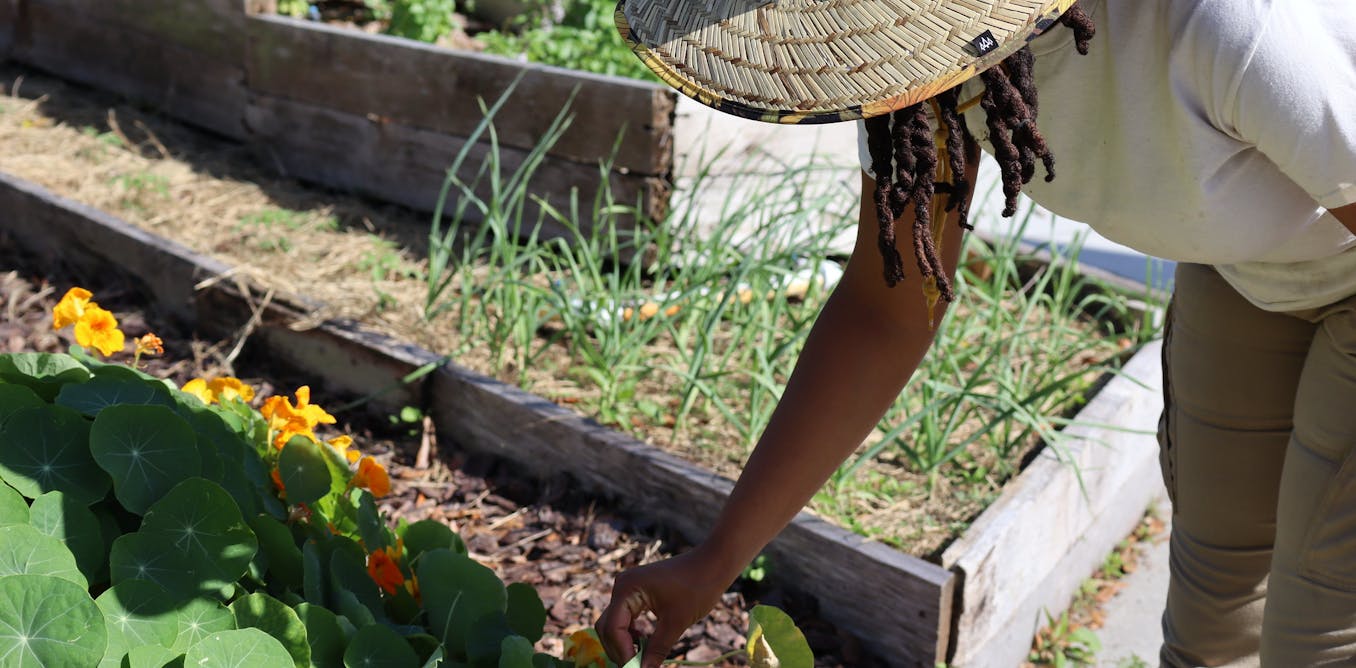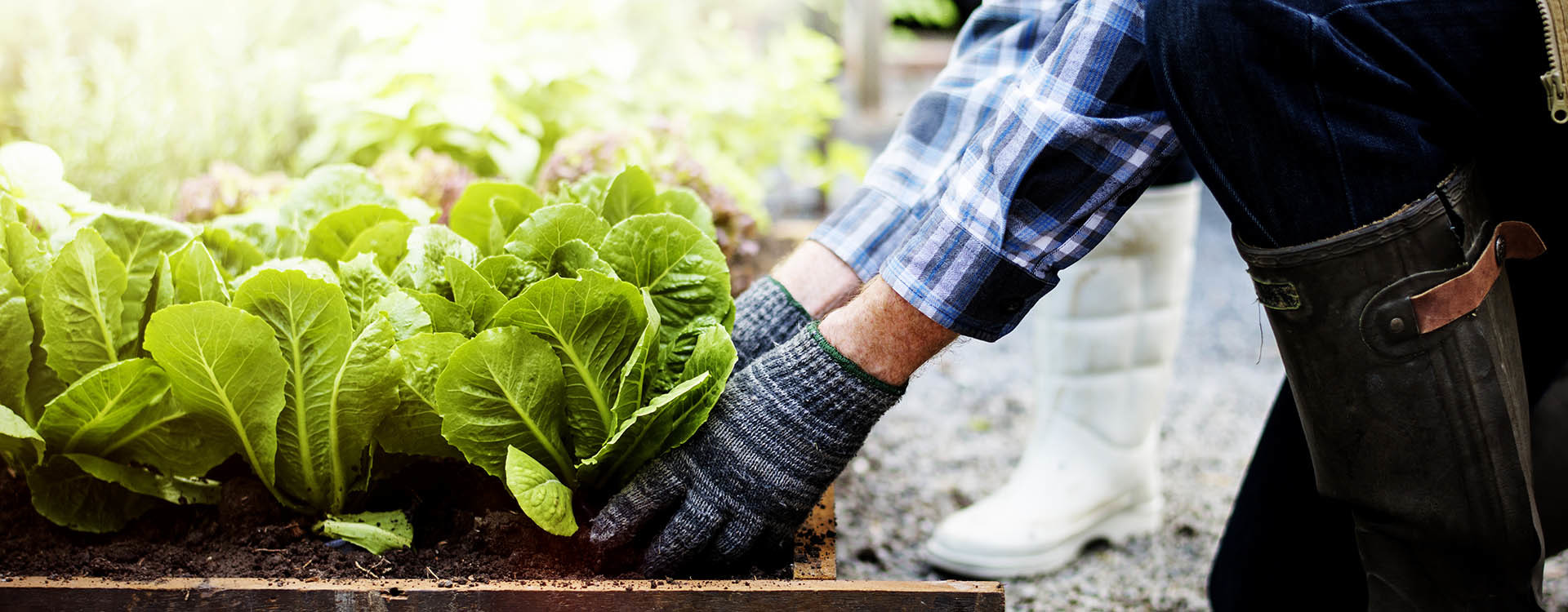All about City Blooming
All about City Blooming
Blog Article
Some Known Factual Statements About City Blooming
Table of ContentsSome Of City BloomingFacts About City Blooming RevealedThe Best Strategy To Use For City BloomingLittle Known Questions About City Blooming.Get This Report on City Blooming
Fascinated in growing food for sale in the City of Chicago? Below is a checklist of often asked inquiries relating to the rules and policies that growers ought to consider when intending an urban farming job.
The zoning amendment does not change any type of various other codes handling composting, structure permits, purchasing or renting City had building, service licenses or environmental contamination. There are existing codes that control these concerns and they continue to be completely result and might apply to your project. Neighborhood yards are usually had or taken care of by public entities, public companies or community-based companies and kept by volunteers.
Urban ranches expand food that is meant to be marketed, either on a nonprofit or for-profit basis. Because of their industrial objective, metropolitan ranches require a business license. Yes. A neighborhood garden is allowed to sell surplus generate that was grown on site if the sales are accessory or subservient to the yard's primary function defined over.
City Blooming for Beginners
Composting is permitted but only for plant product that is generated and made use of on website. The amount of compost material can not exceed 25 cubic backyards at any provided time according to the standards in 7-28-715 of the City's Municipal Code. Yes. Due to the fact that the dirt at many brand-new yard websites requires amending, compost, soil, timber chips, or other materials can be acquired to create or enhance the expanding space - indoor plants.

If a building license is called for after that the hoophouse will certainly be considered an accessory structure. You can figure out more regarding the structure license demands by contacting the Department of Structures. The 25,000-square-foot size restriction is intended to stop a single area garden from controling a given block or taking away from the block's existing household or commercial character.
The limit does not apply to gardens located in Public Open Area (POS) areas. Can there be more than one community yard that is 25,000 square feet on a solitary block? Fencing is not called for, nonetheless, gardens that have huge vehicle parking locations may be needed to install fence or other landscape design functions.
See This Report on City Blooming
B1 & B2 areas require that all industrial usage tasks be performed inside. R areas limit business activity. The guidelines mirror the objective and intent of the Zoning Code. Is fencing required for city farms? Yes. Fences Learn More may be needed, in addition to landscape design and testing, for sure auto parking locations and exterior work or storage space areas depending upon place and the particular task happening.
Yes. Urban farms require building permits and zoning authorizations before building and construction. Various other kinds of city testimonial might be needed depending upon details structures, tasks, size, landscaping, licensing, public health and stormwater administration issues. A lot of these demands are identified in the task layout or permitting procedure, nonetheless, the candidate might be liable to separately identify particular licenses or allows that might be needed.
The Department of Company Matters and Customer Protection can assist determine the certain type of service license that's required. Off road car park is required for a lot of industrial projects in Chicago. The required number of parking areas is based on the number of workers functioning on website and not the square footage of the growing room.
Getting My City Blooming To Work

Yes. A metropolitan farm can market compost product generated on website, however, the operation must follow the guidelines in 7-28-715 of the Chicago Municipal Code. Yes. Aquaponic systems are permitted indoors on metropolitan ranches in many zoning districts. A zoning testimonial and building license is required in order to mount structures or systems and a business license is needed as explained above.
Approximately five hives or colonies of honey might be maintained as an accessory usage. However, beekeepers need to register with the Illinois Division of Farming. To find out more concerning the recommended zoning amendment you may contact the Division of Real Estate and Economic Advancement, Bureau of Planning and Zoning at 312.744.8563.
, which takes area in country areas at the side of suburbs.
A Biased View of City Blooming
It can include a movement of organic farmers, "foodies" and "locavores", that look for to form social media networks started on a common principles of nature and community holism. These networks can establish using formal institutional assistance, coming to be incorporated right into regional town planning as a "transition town" movement for sustainable urban growth.
The much more direct accessibility to fresh vegetable, fruit, and meat items that may be realised via metropolitan agriculture can boost food protection and food security while decreasing food miles, resulting in reduced greenhouse gas discharges, thus adding to environment change reduction. Some of the initial evidence of city agriculture comes from Mesopotamia.
Report this page